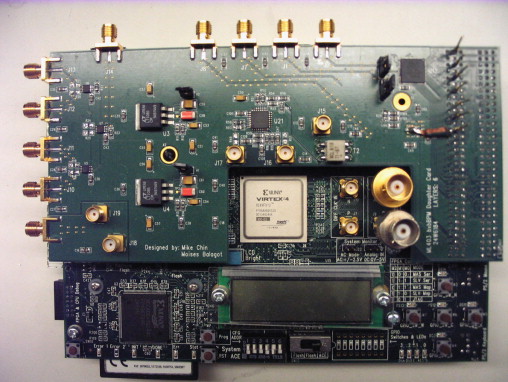Time: 2025-01-10 11:06:30View:
An FPGA-based bunch-to-bunch feedback system at the Advanced Photon Source (APS) is a sophisticated solution to mitigate instabilities in stored electron beams in synchrotron radiation facilities. These instabilities can degrade beam quality and affect the precision of experiments that rely on highly stable and well-defined photon beams.

Here’s an overview of how such a system functions and its key components:
The primary goal of the system is to monitor and correct oscillations of individual electron bunches in real-time. These oscillations arise due to:
By stabilizing these oscillations, the feedback system ensures:
Field-Programmable Gate Arrays (FPGAs) are ideal for real-time feedback systems because they offer:
Beam Position Monitors (BPMs):
Signal Processing Unit (FPGA):
Digital-to-Analog Converter (DAC):
Corrector Kicker:
Timing and Synchronization System:
User Interface and Data Logging:
Latency:
High Bunch Frequencies:
Customization and Scalability:
Integration with APS:
This system exemplifies the role of advanced electronics and real-time processing in pushing the boundaries of synchrotron science.